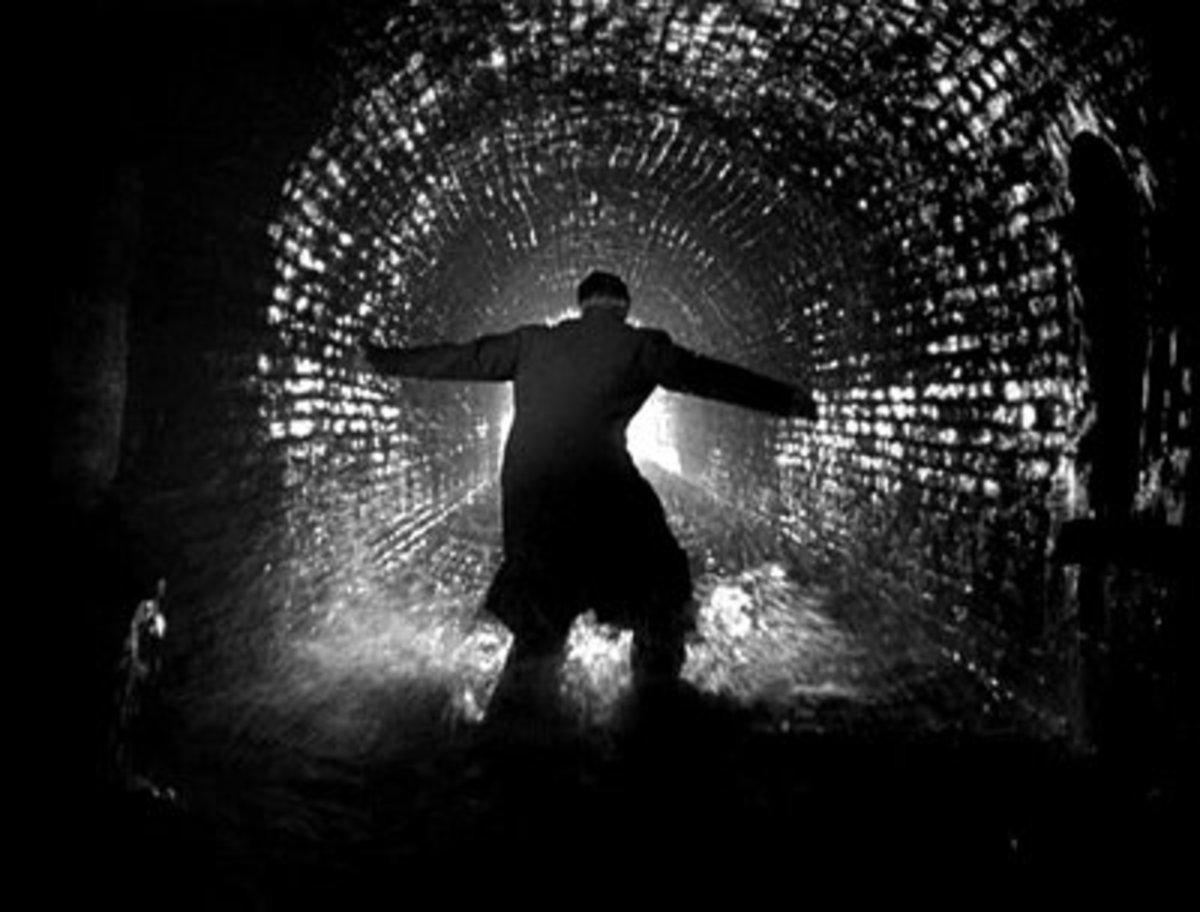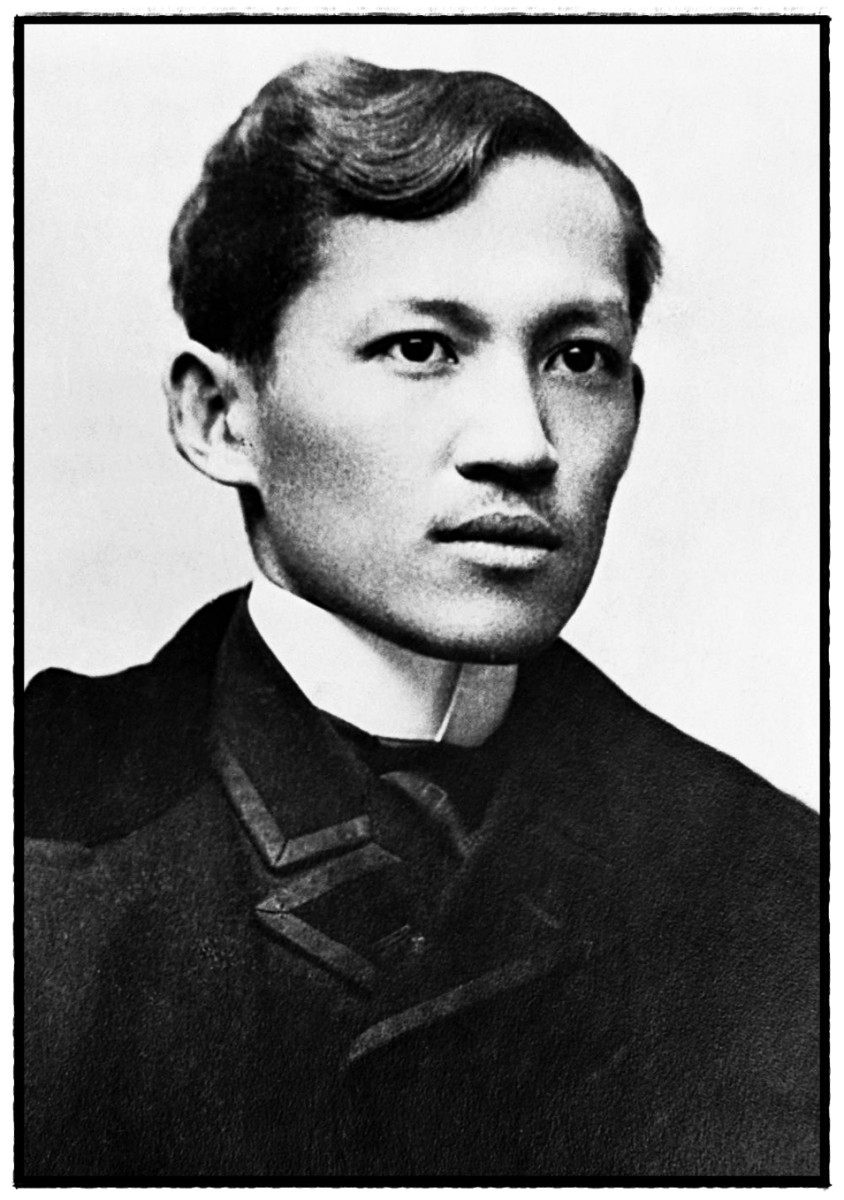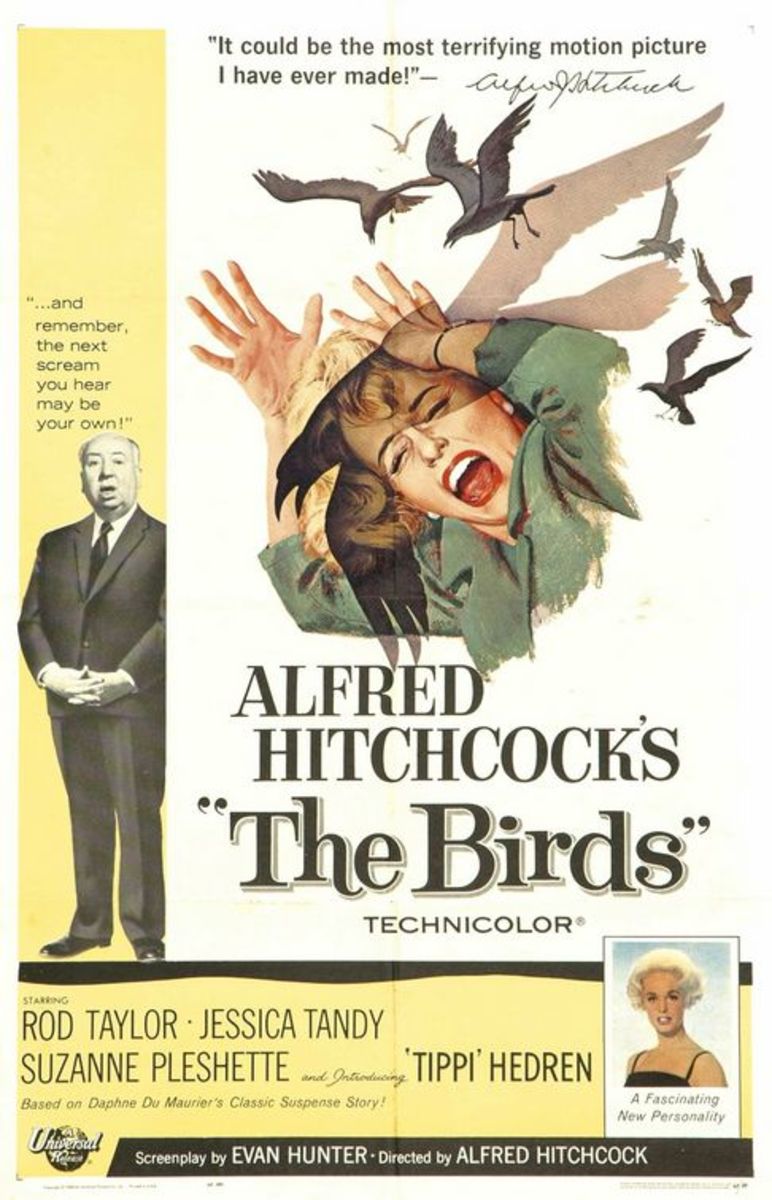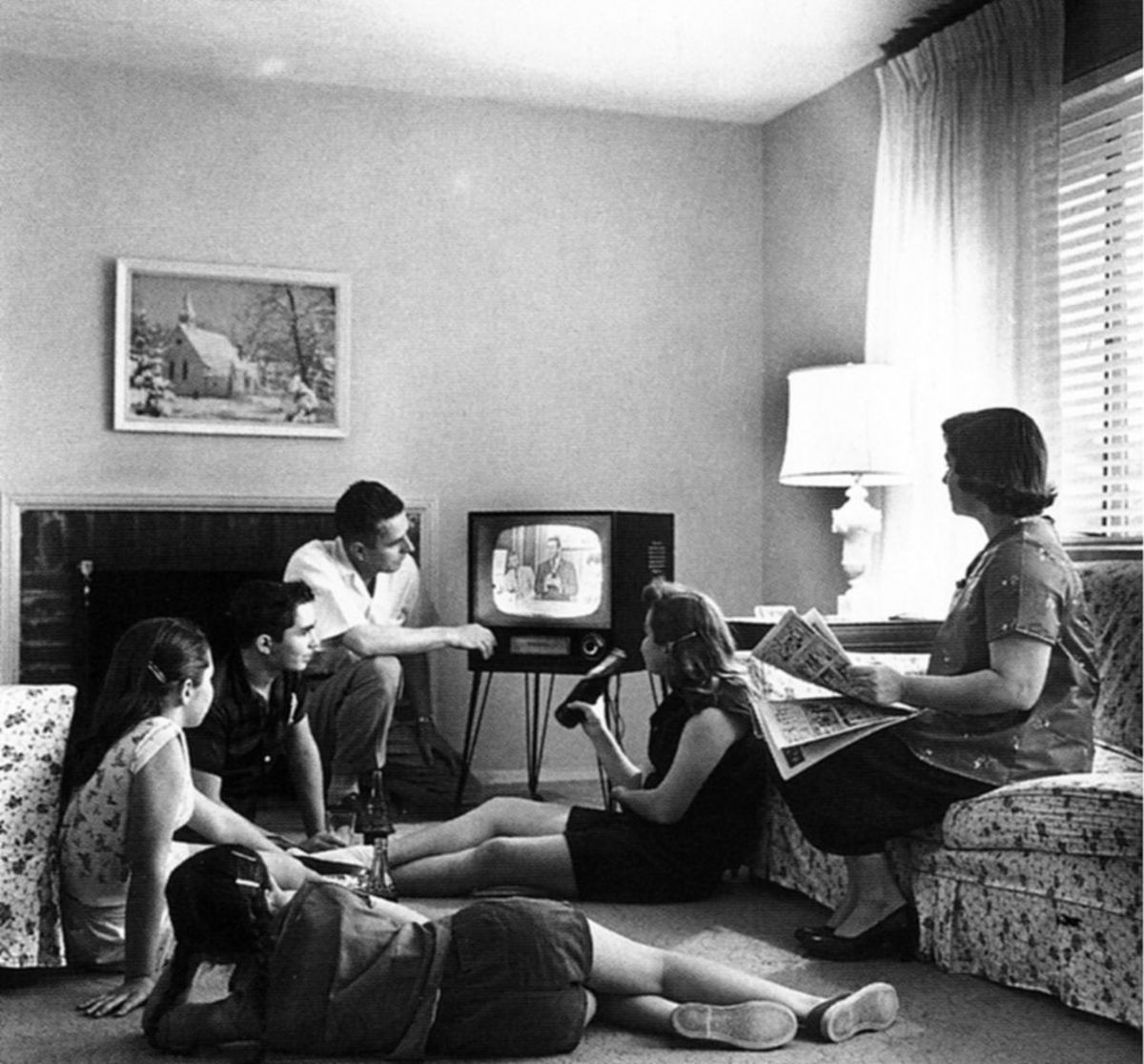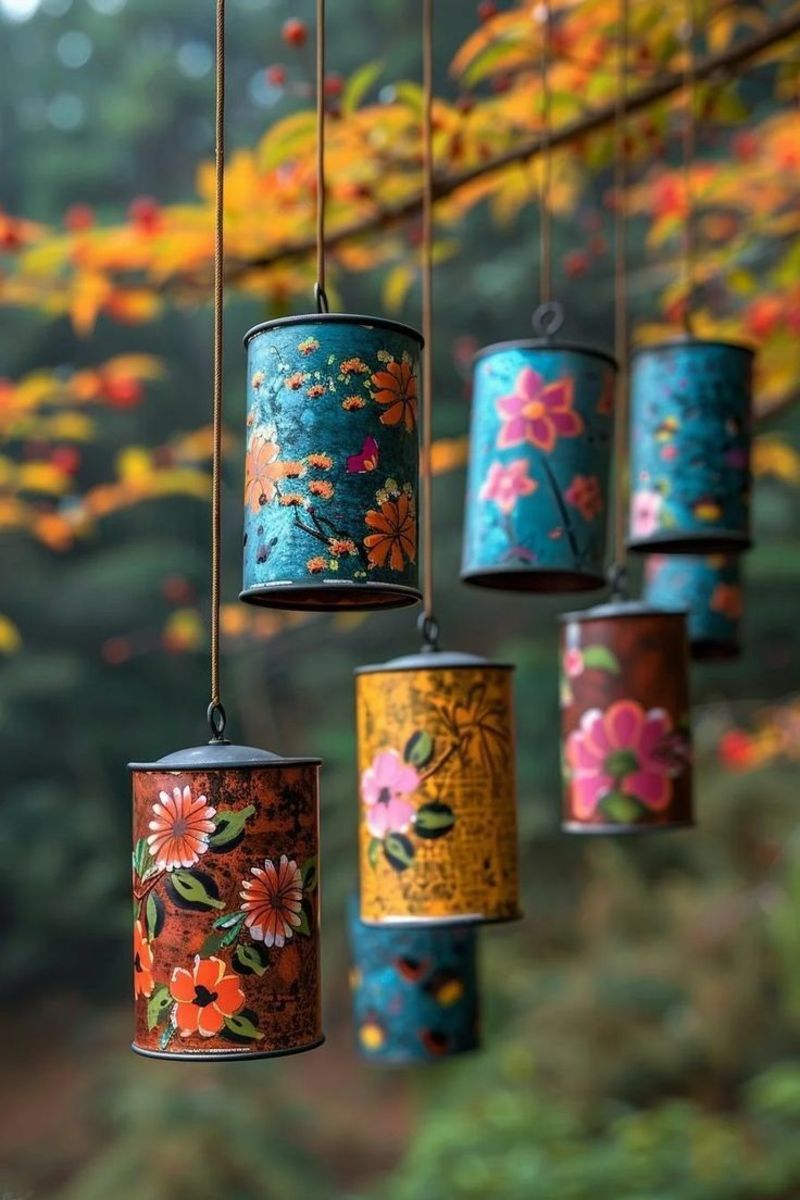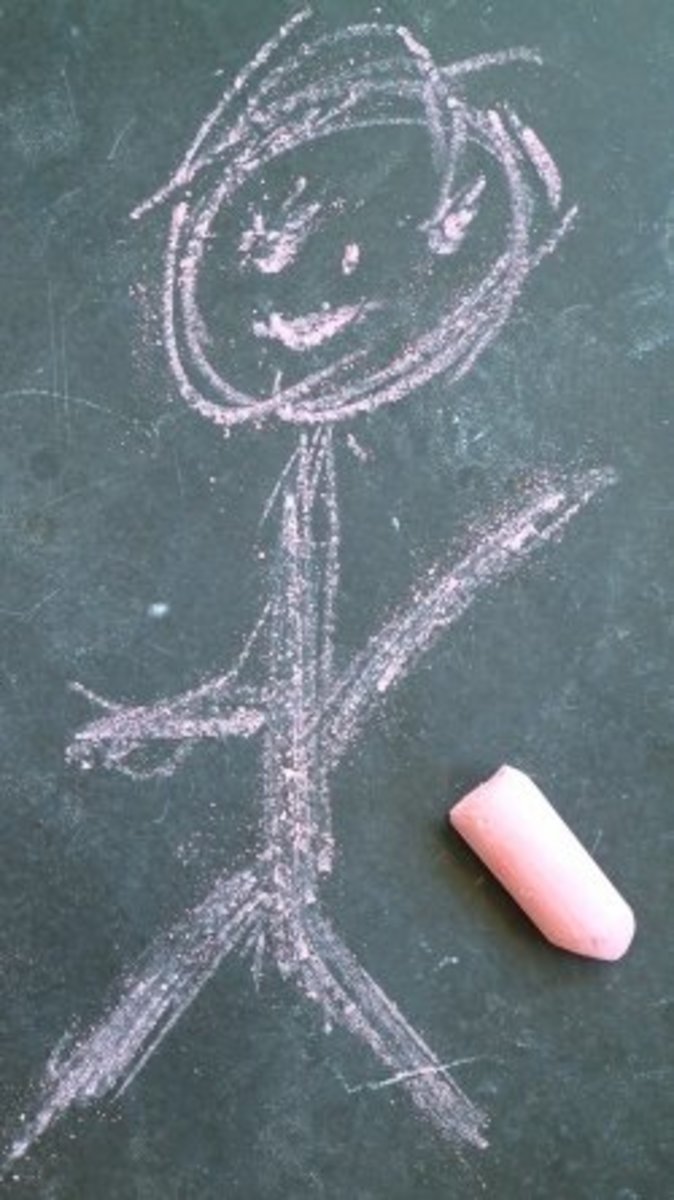Who is the Modernist Filmmaker Wong Kar-wai?
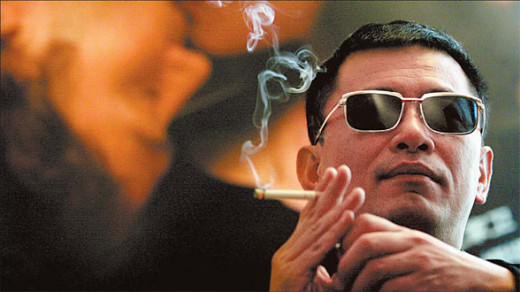
Who is the Modernist Filmmaker Wong Kar-wai?
Wong Kar-wai is considered a legend in the world of Asian cinema, with movies that not only caught the fancy of the audience but also captured the attention of film critics and cinema students. One of Hong Kong’s most prized artists in film artistry, his work became the talk of the town during the 1990s. He made great use of his creative utilization of poetry and imagery, improvising on the elements of urban space in this work of art. His characters are bordered on individuals that exude immense loneliness. The melancholy of the characters in the movie largely enveloped their romantic love affairs and their life’s travails and struggles. Wong Kar-wai has a masterful way of combining visuals, music, and other film elements into one great masterpiece (Lam, 2019). For this purpose, this paper is written to assert that Wong Kar-wai was a powerful contributor to the movement of modernism and the authorship of directors in movies.
Modernism in Cinema
The modernist movement in cinema has been prevalent in most celebrated films in movie history. It is the rise of philosophies driven by changes in society and culture during the 19th and 20th centuries. The development of industrialism and the fast formation of cities brought about modernism. Modernist thinkers and practitioners have this self-awareness and consciousness in creating art forms such as poetry or movies. It became a phenomenon practiced all over the world, with artists taking on various experimentations to produce their own original take on life in art form. It can be said that with self-consciousness comes the bravery of these artists to bring forth art forms that are directed by their own understanding and beliefs (Csoka, 2019.)
For a movie to be regarded as a modernist film, it has the following characteristics. First, the director has this primal need to become the author or the predominant force in the creation and development of the movie. The art form will be under the director’s dictatorship or stewardship with their own personal experiences having visible imprints on the retelling of the story. The director feels compelled to take full ownership of the movie, claiming accountability for its meaning and representation to the audience (Csoka, 2019). They go to the extent of announcing the essence and interpretation of the film and its different elements to the viewers.
Secondly, movies inspired by modernism make use of montage, symbolism, and imagery in their narratives. A montage is defined as a collage-type of moving art that mixes different factors to produce the desired effect. For modernist directors, montage is an effective way to show varied perspectives for the viewer to make an utter impression of the movie. While directors use symbolism and imagery to express a feeling and induce an emotional reaction from the audience (Trent, 2019). Many directors use these styles not only in dialogues but also in the visuals seen in the films.
Third, the modernist directors place self-criticism and reflection. They trigger the audience’s response by having the impression that the movie and its characters are speaking directly with them. There is a sense of malleability of time. There is an atmosphere of wonder in how the flashbacks and dream scenes are loosely highlighted from the actual events happening in the characters’ life (Csoka, 2019). The movies under modernism place high regard on experimentation and own self-expression of the directors, with the shots and editing taking shapes in irregular forms.
Lastly, modernist films take a braver approach to telling their stories to the public. These movies subtly aim to express their insights into the political landscape of the film’s setting. The element of critical self-reflection driven by the director is closely tied to the artist’s agenda of voicing out his political messages through this art form (Csoka, 2019). The director’s utilization of urban space plays an important role in the effective dissemination of its messages to society regarding political and societal issues.
Wong Kar-wai’s Influence on the Modernism Movement
Wong Kar-wai’s movies show strong and solid characteristics of the modernist movement. His contributions to driving the art of modernism in cinema to the public’s consciousness have been very compelling to a lot of people. Moreover, he broke barriers and defied the odds usually thrown at Asian directors. When doors were shut for other Asian filmmakers, Hollywood cinema opened its arms wholeheartedly to Wong Kar-wai. The international cinema believed in his brand of filmmaking. They were amazed at Wong Kar-wai's artistry and creativity. He had the amazing accomplishment of breaking into Hollywood with one of his movies which shows that he was very effective in being a dominant representative of the modernist movement.
One Wong Kar-wai movie which expressed a strong influence of modernism is the Chungking Express. The movie weaves through the alleys and roads of Hong Kong, with the use of urban space and travel in how Wong Kar-wai creates scenes of memories and dreams. The film’s geographic location also comes as an important element in showing the mental state of the characters. Moreover, the airplane shown in the scenes depicts the limitations of private and public which also led to the unfolding of the romance angle in the story (van de Belde, N.p). Wong Kar-wai drew inspiration from the urban space in crafting the script, with the setting almost becoming the other major character in the film.
The film also highlighted Wong Kar-wai's wide range of creativity and imagination with his playful use of hues, crafty camerawork, and masterful editing. He combined those elements with the right kind of music as well as compelling dialogues (van de Belde, 2019). This ushered Wong Kar-wai’s unique style of filmmaking into the consciousness of international viewership. His brand caught the attention of Hollywood.
Additionally, Chungking Express also showed Wong Kar-wai’s depth in his storytelling. This movie has successfully overlapped two stories in one narrative, with crossover film characters and settings. He also maximized using diverse genres, touching on societal dilemmas, romance, and comedy (van de Belde, 2019). Hong Kong and its urban landscape and character made a huge impact on how Wong Kar-wai developed the movie with the movie characters being strongly connected to the feel and overall atmosphere of the locations.
The temperament of the characters as well as their inner struggles and issues are more explicitly shown to the audience through the different locations captured in the entire movie. It showed a different kind of modern-day romance. This provided the audience with a better view of how Wong Kar-wai skillfully infused elements that can draw commercials with his experimental and modernist approach.
Wong Kar-wai’s brand of filmmaking boasts of these two pivotal attributes, fragmented storytelling and the experimental and out-of-the-box creation of visuals in his movies. Wong Kar-wai was unique in his artistry in all ways imaginable, with his attempts to mix different film genres in one masterpiece. He showed his efforts to contradict standardized approaches to narrative, cinematography, and musical scoring.
Furthermore, he has this conscious desire to be an auteur or to become the dominant author of his cinematic works showed his commitment to his artistry. He was extremely devoted to empowering the movement of modernism and proving not only to local audiences but also to international viewers that his style and art form are worthy of attention.
Many film critics and movie enthusiasts regard his body of work as art cinema, still observing a distinct and muted inclination to classical storytelling but is strongly underpinned by the dynamism of experimental approaches and artistic inspirations. Although he shows local settings in his movies, the appeal of his films transcends geographical locations. He is effective in speaking with global viewers. His stories have this universal appeal with his choice of love narratives and romance stories touching the emotions of a wide and bigger audience. His characters may be Asians, but their ethnicity is not boxed in their cultural references. When Westerners or people from other countries watch his films, they can easily identify with the characters. They can see much of themselves in how the individuals in the movie struggle with their dilemmas and find resolutions to the encountered conflicts. Wong Kar-wai has that uncanny and natural ability to talk to a global audience, including everyone in the critical examination of the messages embedded in his works of art. In fact, his movies were compared to the great films produced by highly acclaimed and noteworthy film geniuses in the likes of Jean-Luc Godard, Quentin Tarantino, and David Lynch (Carvalho, 2019). His artistry is in the league of the great film directors of modern times.
For these reasons, the paper firmly believes that Wong Kar-wai has powerfully contributed to the movement of modernism in cinema. His body of work crossed many boundaries in filmmaking. Ultimately, his movies inspired not only his audiences. His films convinced the future and budding directors to believe in their visions and express their own artistry and creativity in their works of art.
REFERENCES
Carvalho, Ludmila. (2019). "The Ambivalent Identity of Wong Kar-wai’s Cinema."
Papyrus.bib.umontreal.ca/, https://papyrus.bib.umontreal.ca/xmlui/bitstream/handle/1866/3244/Moreira_Macedo_de_Carvalho_Ludmila_2009_these.pdf.
Csoka, Mate. (2019). "Modernism." Mubi.com, https://mubi.com/lists/modernism.
Lam, Derek. (2019). "Wong Kar-wai." Oxford Bibliographies,
http://www.oxfordbibliographies.com/view/document/obo-9780199791286/obo-9780199791286-0259.xml.
Trent, Ann. (2019). "Characteristics of A Modernist Film." Our Past Times.com,
https://ourpastimes.com/characteristics-of-a-modernist-film-12545688.html.
van de Belde, Danica. (2019). "Spacial Intimacies: Negotiating Place in Four Films by Wong
Kar-wau." Api.research-repository.uwa.edu.au, https://api.research-repository.uwa.edu.au/portalfiles/portal/4729885/Van_de_Welde_Danica_2011_2.pdf

